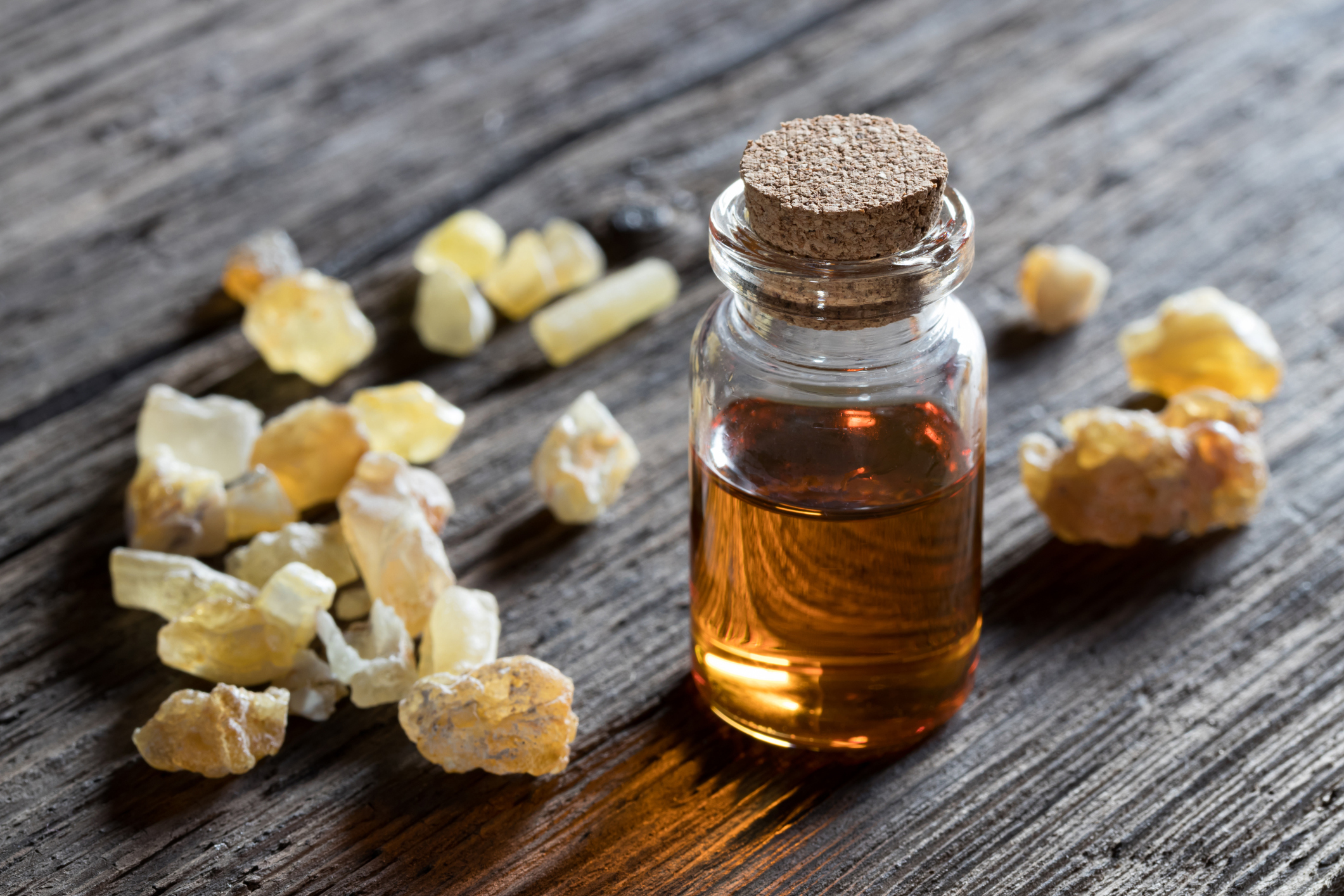Doctor Mark Crapo, our guest blogger this week, shares the history and health benefits of a long-ago Christmas gift that continues to provide many benefits today – frankincense.
Our frankincense essential oil is available and can be used for a variety of applications. See our list of ideas after the article.
Frankincense
After the birth of Jesus, the Wise Men presented the gifts of gold, and frankincense and myrrh.
Gold we get, right? Frankincense and myrrh… not so much. Today, some might equate the frankincense and myrrh to receiving a lump of coal in the Christmas stocking.
In truth, frankincense and myrrh had and have value of a different sort. Both are celebrated for healing not only our physical bodies but healing on an emotional and even spiritual level.
Frankincense and myrrh are from the same plant family (Burseraceae). Both are derived from tree sap or gum resin. They originated in the Arabian Peninsula and were used by the ancient Egyptians, then the Greeks and Romans. There is historical evidence that they have been used as healing herbs for over 5,000 years not only in the Western tradition but also as part of Traditional Chinese Medicine and Ayurveda in India.
Frankincense was prized for its alluring fragrance and used in religious ceremonies and for personal hygiene. It has a woody, fruity smell that was used to perfume the homes of ancient Romans and Egyptians. But more than just an aromatic compound, frankincense has important medicinal properties.
It was used medicinally to treat everything from poisoning to diarrhea, and even leprosy. Frankincense is known for relaxing for both the body and mind. In Chinese medicine texts, frankincense was first mentioned in 500 A.D; it was called fanhunxiang or “calling back the soul fragrance”.
In the modern world, frankincense is probably much better known as Boswellia. The key active ingredient in frankincense is boswellic acid. Recent scientific studies on Boswellia’s healing abilities have been mentioned in many popular newspaper and magazine articles, most notably for its healing effects on arthritis.
Modern research suggests that frankincense may be beneficial to sufferers of asthma, rheumatoid arthritis, Crohn’s disease, osteoarthritis and collagenous colitis.
In the Papyrus Ebers of 1500 B.C., priests recommended both resins for the treatment of wounds and many other ailments. In the Chinese Materia Medica, these two resins are classified as herbs for vitalizing circulation of blood and energy. They are used for treating traumatic injury, painful swellings, masses, and other disorders related to stasis syndromes.
Frankincense and myrrh have endured and provided multiple benefits to many people over thousands of years, and they continue to comfort and heal those who use them today.
The Wise Men gave three gifts; maybe gold was the least valuable of all?
pure haven frankincense oil – a few everyday uses
- calms the mind and relieves stress
Create a simple room spray by mixing 20 drops of oil with water in an 8-ounce glass spray bottle.
Or, use the oil in a diffuser to promote relaxation and renewal, especially great for yoga and meditation. Try combining it with other oils such as lemon, lavender, or peppermint to promote mental focus.
- improves the skin
A few drops of frankincense oil can be added to moisturizer or massage oil to promote healthy skin and keep it hydrated.
Use on stiff joints and minor skin irritations. Mix one drop of oil to two drops of carrier oil and massage directly into the skin.
* These statements have not been evaluated by the Food and Drug Administration and are not intended as medical advice – please consult with your physician.

